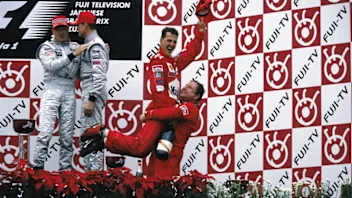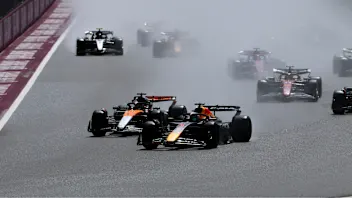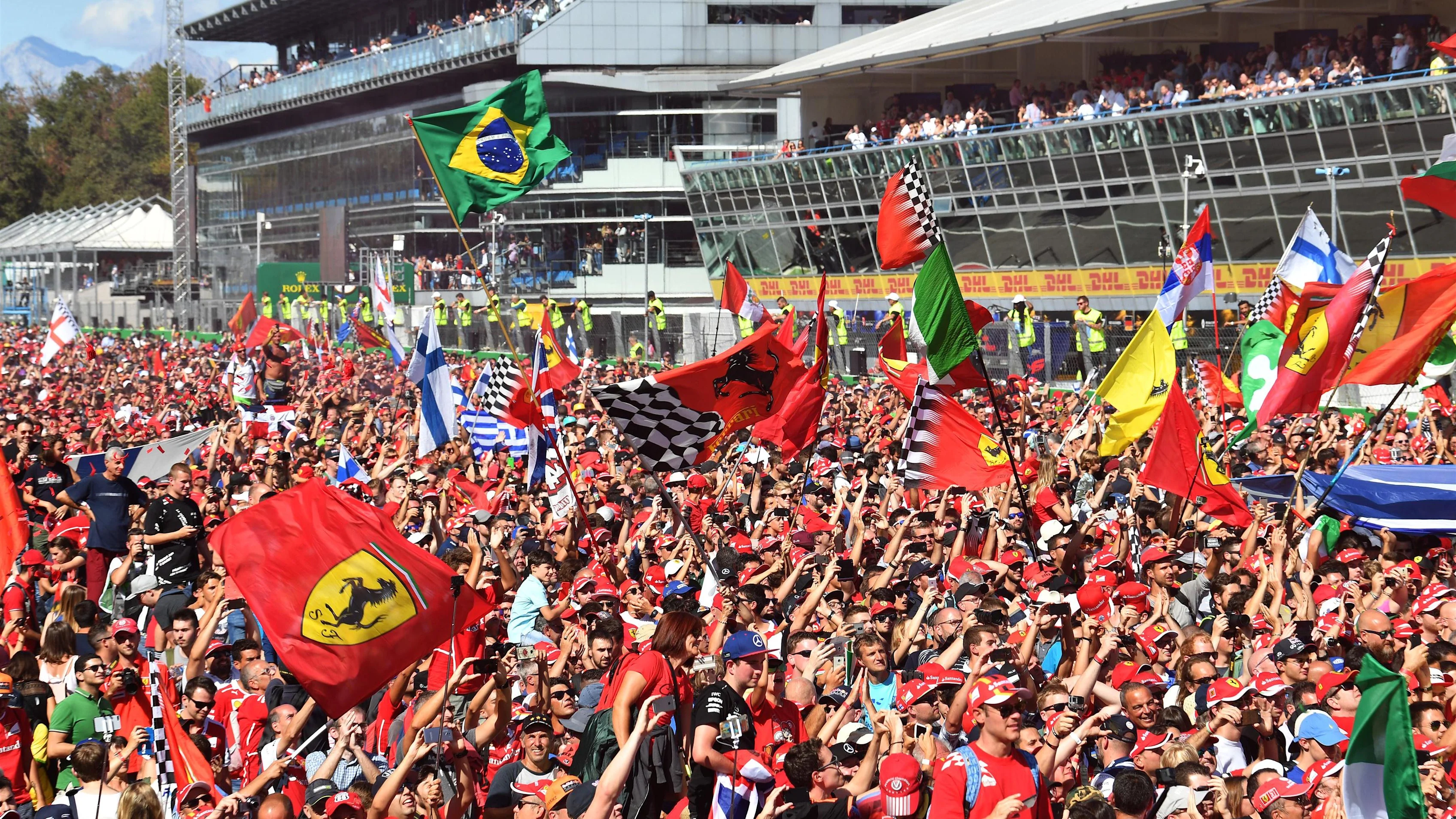New research conducted by Formula 1 - in partnership with Ipsos MORI Social Research Institute - has revealed that two third of sports fans surveyed across seven different territories identify as Formula One fans, and that one fifth of the half a billion fans across these markets are avid fans of the sport.
In a bid to understand the type of fan engagement that exists within the sport, and to define strategies for future growth, Formula 1 research teams surveyed 14,000 fans in seven key markets. The findings were today presented to media at the Sepang International Circuit ahead of tomorrow’s 2017 Formula 1 Petronas Malaysia Grand Prix.
“Over the past number of months we have surveyed more than 14,000 people in seven different countries – the UK, US, Germany, Italy, Brazil, China and Russia – in a bid to understand just how much sports fans are invested in our sport and the results make for fascinating reading, with two thirds of sports fans identifying as being interested in Formula 1,” said Matt Roberts, Head of Data and Research at Formula 1.
“Furthermore, we have discovered that great opportunities exist to grow the popularity of Formula 1 in a wide variety of markets and across a wide cross-section of sport fans. We will now expand this research even further and the findings will inform how we develop Formula 1 going forward, by putting fans first and seeking to deliver the world’s most exciting motor racing action.”
The revelation that two thirds of fans surveyed identify as F1 fans equates to possible total of some 556m fans across the seven markets being engaged with Formula 1 across a variety of levels.
Nine per cent classed themselves as fans who ‘never/rarely miss a race’, while 27 per cent fell into categories of fans who consider themselves as regular viewers who try to stay up to date with developments within the sport.
Fifteen per cent of those surveyed reported being occasionally interested in the sport and likely to seek out results and news, while a further 12 per cent said they had a basic interest and were aware of Formula 1.
Expanding further, the survey breaks down the levels of engagement into segments.
“Formula 1 is an incredibly rich sport, mixing many elements, including technology, human interest, heroism and glamour into a really exciting package,” said Roberts. “However, different elements appeal to different people and while some are entranced by the technology others focus on the human story of the driver rivalries or the glamour of the location, the personalities and the celebrities. What this survey confirms to us is that no two fans are the same. Everyone interacts with the sport in different ways and it’s our job to deliver a sport that appeals to the particular interest of all of our fans.”
The survey breaks down fans into segments with the most engaged – some 20 per cent of those surveyed – being branded ‘Excitables’, a group that has a younger age profile, is attracted to a range of different sports, is a regular attendee of sporting events and is keen on purchasing merchandising.
“The next group we class as ‘Purists’,” explained Roberts. “This group is very engaged but they would be more into the technicalities of the sport. Curiously, they may actually be less likely to go to a race, feeling that watching the event on television delivers a more immersive experience for their area of interest.”
The survey then identified groups branded ‘Sociables’, who again are younger, more digitally active and likely to become more interested when the sport generates a significant talking point, and then there are the ‘Habituals’ a group that continues to watch, though they feel that the sport has lost appeal in recent times and often look back to past eras of the sport as being more in tune with their needs. Beyond those groups, the survey presents two further segments, ‘Peripherals’ and ‘Incidentals’ for whom engagement with the sport is low.
In terms of the top two tiers of engagement the survey revealed that a significant proportion of those who might be classed as such hail from the US and Chinese markets, signalling that both are regions with potential for growth.
The survey also gave an indication of the elements of the sport that most attract fans, with 55 per cent saying that it was the racing that appealed, 48 per cent saying speed was the attracting element and 34 per cent pointing to the drivers being the most appealing aspect of the sport. One in four fans pointed to noise as a contributing factor in the sport’s appeal.
In terms of greater engagement, a third of F1 fans want to better understand the technology behind the cars, while half want to know more about the drivers, believing they are the stars of the show.
In conclusion, fan response to the survey revealed that if people can be brought closer to the sport they are likely to become invested in it. “However, few have attended the races themselves. So the challenge is how to bring the experience to them,” the report concludes.
The research is set to carry on into the future with Australia due to become an eighth territory surveyed. In addition to this study, Formula 1 is conducting spectator researches with attendees at a total of eight Grands Prix this year in a bid to include opinion from as many fans as possible.
Next Up
Related Articles
 The most iconic recent championship celebrations
The most iconic recent championship celebrations ExclusiveWhy Gasly feels ‘ready for my time’ in F1
ExclusiveWhy Gasly feels ‘ready for my time’ in F1 Verstappen reflects on Mercedes talks and F1 future
Verstappen reflects on Mercedes talks and F1 future The elite group Norris joins as McLaren World Champion
The elite group Norris joins as McLaren World Champion REVEALED: Your favourite race of the 2025 season
REVEALED: Your favourite race of the 2025 season Everything you need to know about F1's new rules for 2026
Everything you need to know about F1's new rules for 2026
